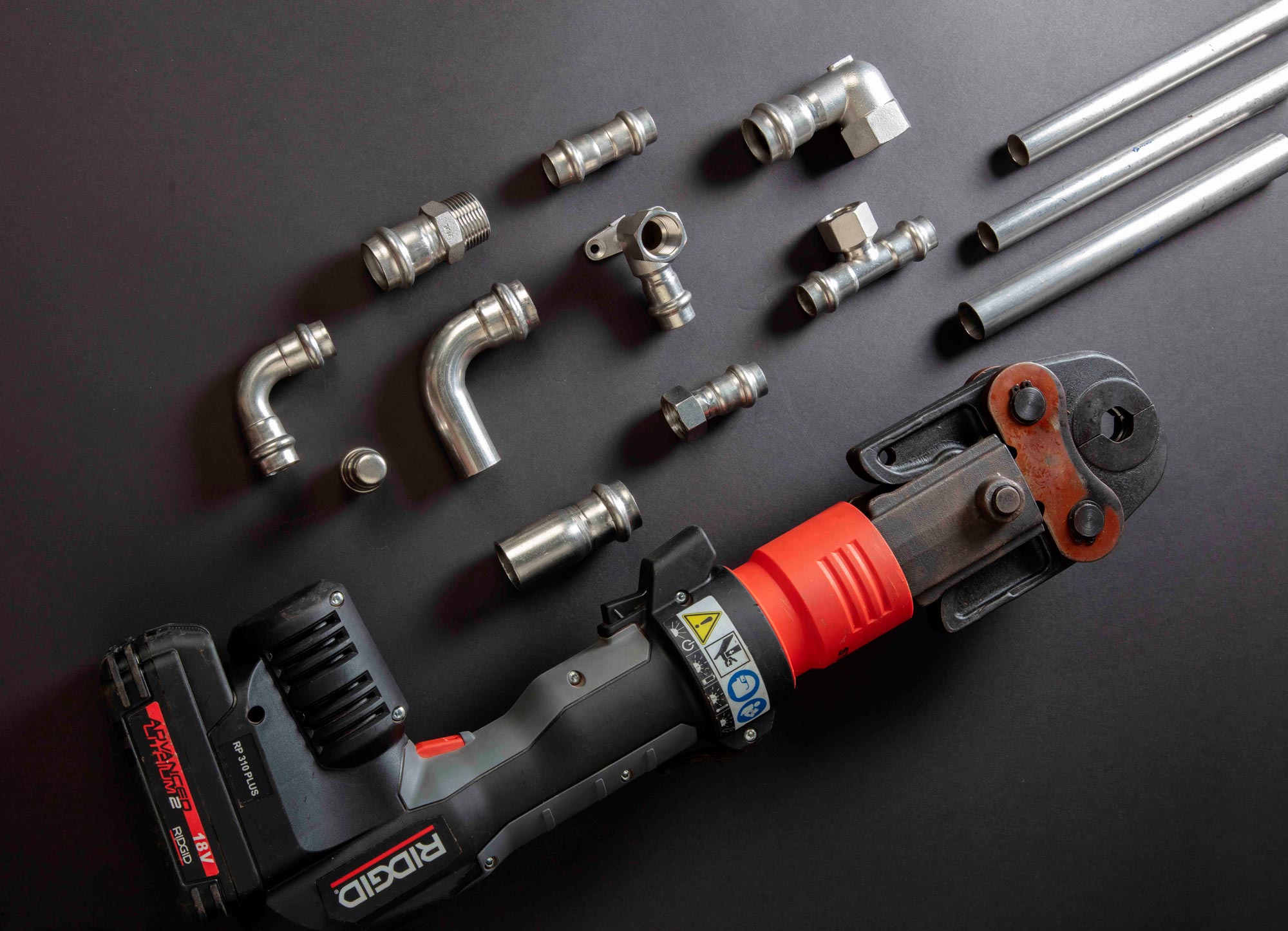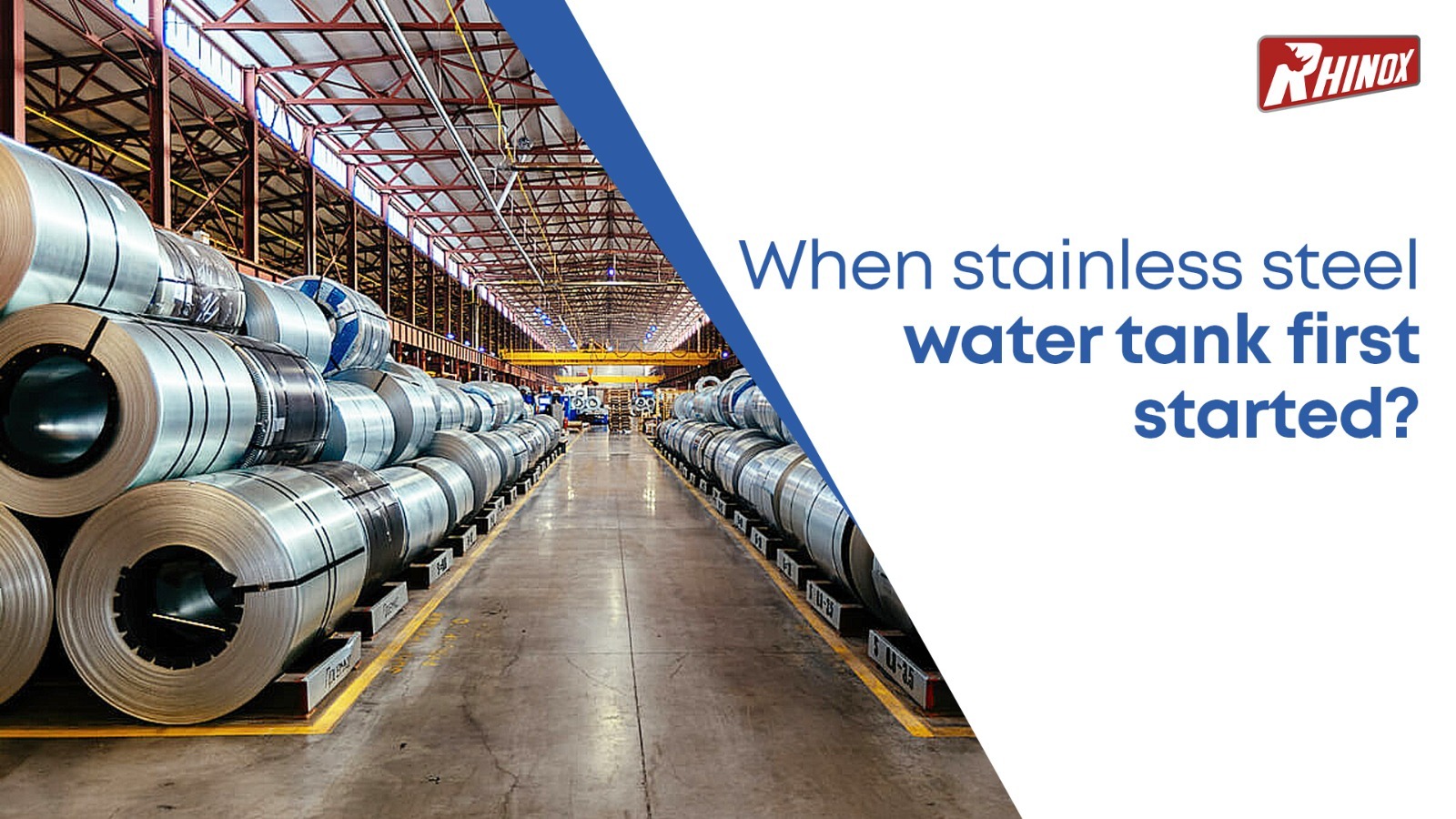17 Apr 2020

Common misconceptions about Stainless Steel you need to know
Stainless Steel products are gaining popularity over time with Rhinox being one of the leading manufacturers of stainlesssteel tubes, pipes and fittings in the USA. Although there are some misconceptions in the market that needs to be addressed which often lead to poor information about stainless steel products. That's why in this blog, we are going to throw light on the common misconceptions about stainless steel and debunk them as concisely as possible.
- Stainless Steel does not rust It resists corrosion better than most other metals because of a very thin, colourless passive layer that forms spontaneously on the surface. But like all materials, there are some environments which are just too corrosive and stainless steel will be attacked. Still, it is going to corrode so much more slowly that it will still be serviceable long after any other common engineering metal.
- Stainless Steel is not magnetic Four of the five basic types of stainless steel have magnetic properties which include ferritic, martensitic, duplex and precipitate hardened hardening. The austenitic stainless steel is the only one that isn't but can become somewhat magnetic when they are deformed.
- Stainless Steel is expensive Stainless steels do cost more than carbon steels but its extra performance pays for the difference. Also, carbon steel first installed cost might be low but their advantage disappears on the day they have to be repainted for corrosion protection.
- Stainless Steel is not easy to clean It is called stainless for a reason and thus, one of the easiest materials to clean. You can simply wipe clean with soap and water; glass cleaner or furniture polish and the shine will be instantly restored.That is why it is a standard material for commercial kitchens and medical equipment.
- Stainless Steel is non-recyclable Not true because it is 100% recyclable! By using cutting technology whatever waste is produced in the manufacturing process can be collected and recycled for use in making other pieces, making them a responsible choice for any application.
- All Stainless Steel fittings are the same It is very important to understand that there are many types of stainless with many different configurations. The reason why you need to know about this is because the type of stainless used will determine the right type for a certain application. Also, within each category, the grades are identified by numbers which are an indication of the alloys that makeup part of each material.
- Conclusion In many markets today, stainless steel products are still new. The reason why such misconceptions mentioned above exist. Being one of the top Stainless Steel tube and pipe fittings suppliers in India, we thus took this as a responsibility to arm people with correct information so as to ensure success for both business and customers in the future.

- By Rhinox
Recent Blogs

12 Mar 2024
When stainless steel water tank first started?
Earlier, not everyone across the world had around-the-clock seamless access to healthy, potable water. Storing water for days for drinking and other purposes was necessary then. The situation has not changed entirely, even today.

